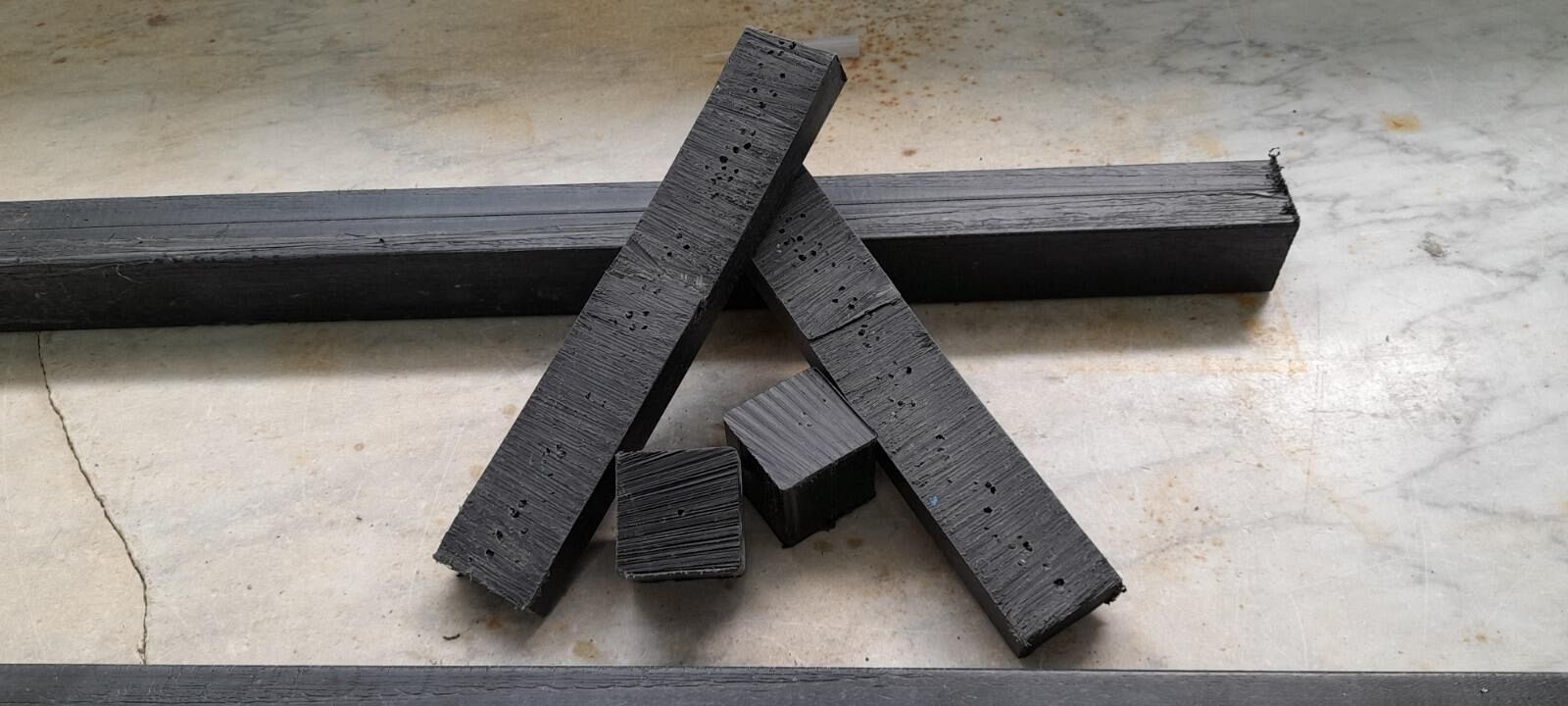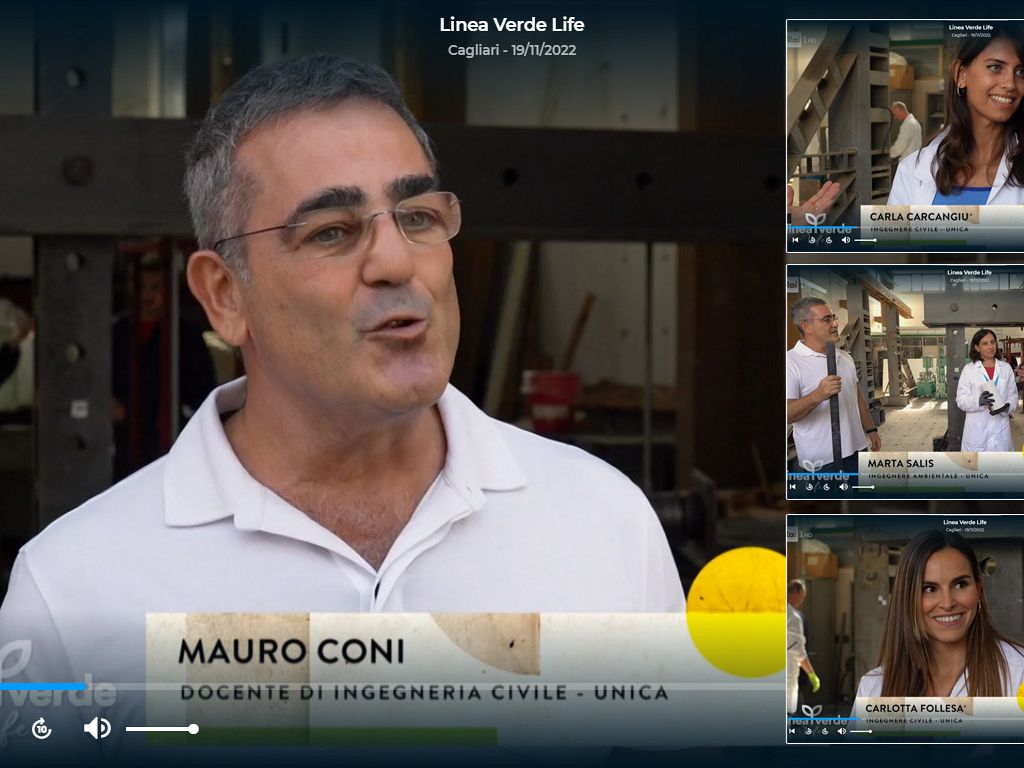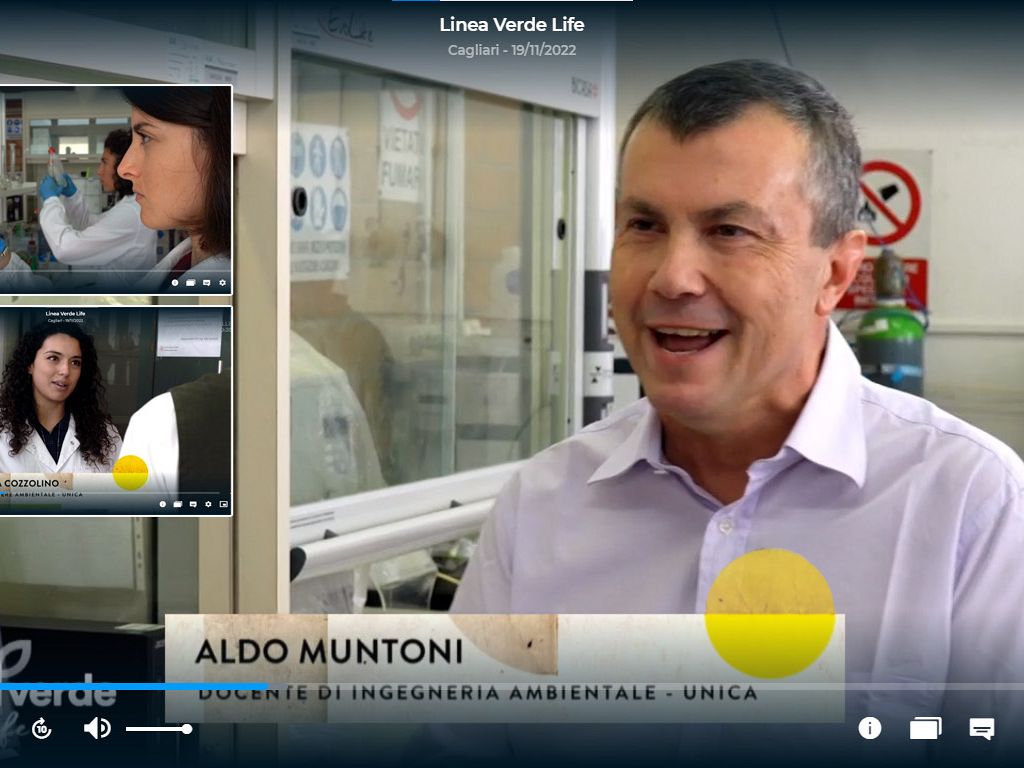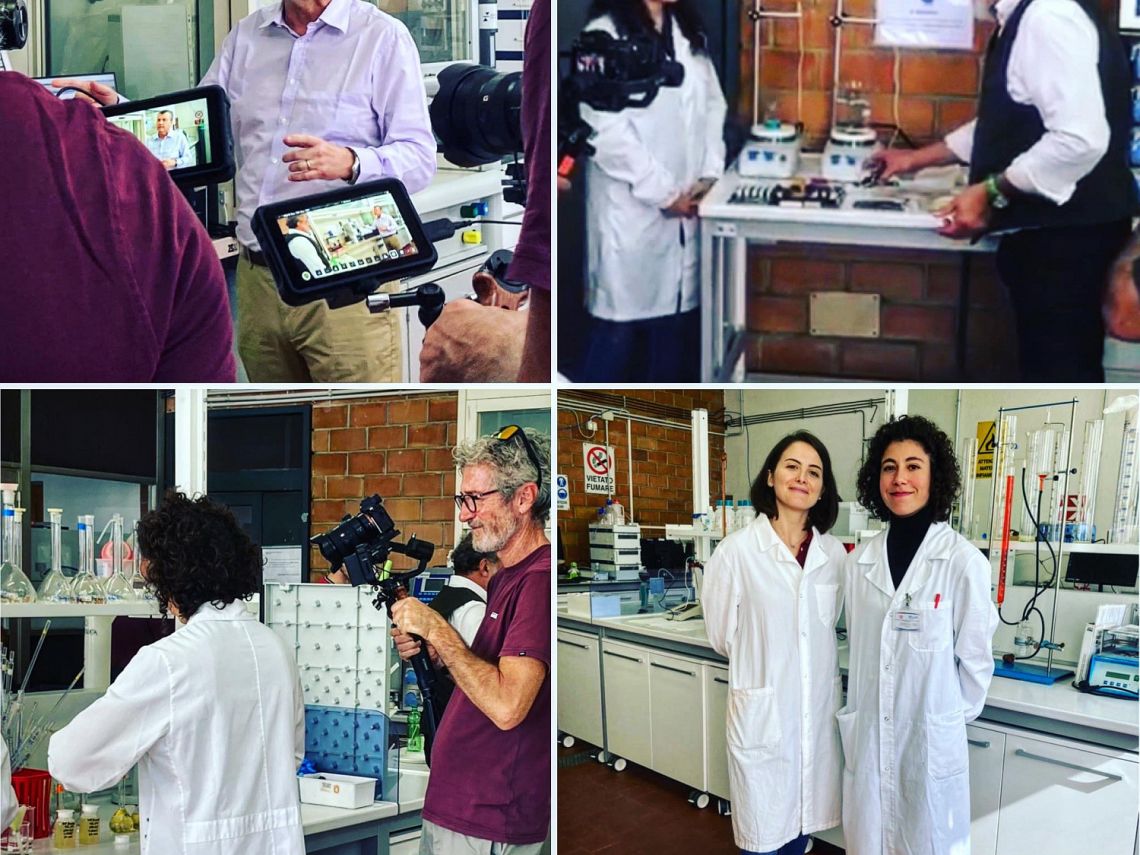Università degli Studi di Cagliari
New life for waste materials from mussel farming: designing ecodesign solutions
Università degli Studi di Cagliari - Department of Civil Engineering and Architecture in collaboration with Nieddittas CPA Società Cooperativa - Fondazione MEDSEA
When and where: November 19, 2022, Laboratories of the Department of Civil Engineering and Architecture
Waste material from mussel production has been transformed into secondary raw material. After an initial phase of calibration and adjustment of the extruder to the new materials, MEDSEA designers and technicians from the University of Cagliari began transforming plastic waste, waste from the Nieddittas company, into recycled plastic profiles of different sizes. The profiles, composed of polypropylene, are simple yet structurally versatile elements that can be used to make different types of artifacts; in this first design phase, their use is aimed at the production of street furniture elements.
From waste to resource recovery for a circular and sustainable economy: bio-hydrogen recovery, biopolymer production , precious metal recovery from RAEE
Università degli Studi di Cagliari- Department of Civil Engineering and Architecture in partenership with F.I.L.M.S. S.p.a. (Fabbrica Italiana Leghe Metalliche Sinterizzate) - Gold Fixing srl
When: November 19, 2022
The research of the Environmental Engineering Laboratories of the Department of Civil, Environmental and Architectural Engineering was the subject of the TV program "Linea Verde." The episode featured interviews with assignees, postdoctoral fellows, doctoral students and students of the degree program in Environmental and Territorial Engineering who, accompanied by lecturer Aldo Muntoni, illustrated some of the research and activities that are carried out at the laboratories, framed in the themes of sustainability, circular economy, and recovery of resources from residues and wastewater. Specifically among the research illustrated was a focus on Processes for the recovery of bio-hydrogen from the organic fractions of municipal waste; the production of biopolymers from agro-industrial waste such as whey; and the use of green reagents obtained from organic waste for the recovery of valuable metals from electrical and electronic waste.




